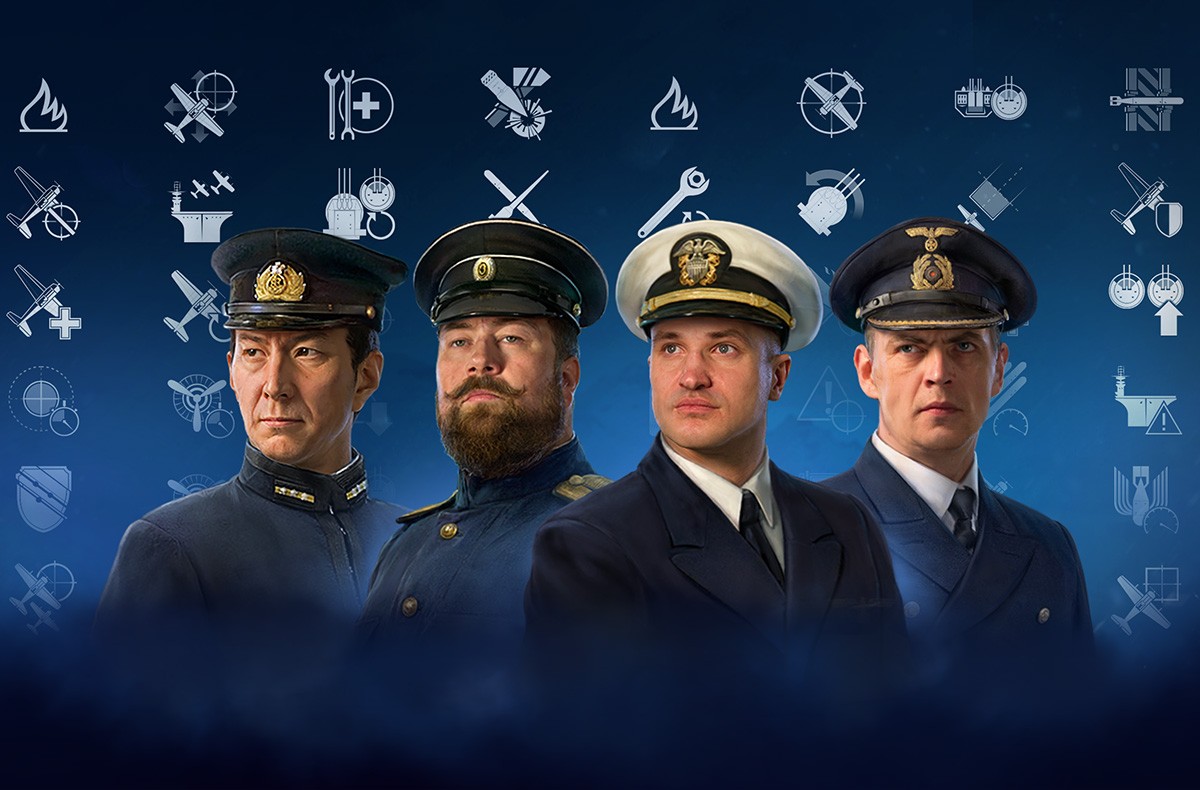
The "Charlie" (C) flag was raised at half-mast.

Recovering the Kingfisher seaplane at sea required great skill and teamwork. Plane lands near anchored Ship and is hoisted aboard.Plane lands one mile ahead of the Ship Ship catches up to plane and hoists plane aboard.Plane lands near the Ship and is hoisted aboard while underway.If the Ship was in port, the seaplane was hoisted over the side and took off from the water The Kingfisher, with engine at full throttle, becomes airborne.A mechanical device at the end of the catapult abruptly stops the car.The blast propels the catapult cart and the plane from 0 to 70 MPH, a sufficient speed for safe flight.At the pilot's ready signal, a black powder charge is fired. Turn the catapult over the water about 30 degrees.The wind over the deck provides additional life for making the plane airborne.

Place the Kingfisher on the cart its main float in a cradle.Each catapult had a small cart mounted on top. Launching a plane from a ship underway was an involved exercise. Two 68-foot long catapults were located on the fantail. Towing targets for anti-aircraft batteries.


 0 kommentar(er)
0 kommentar(er)
